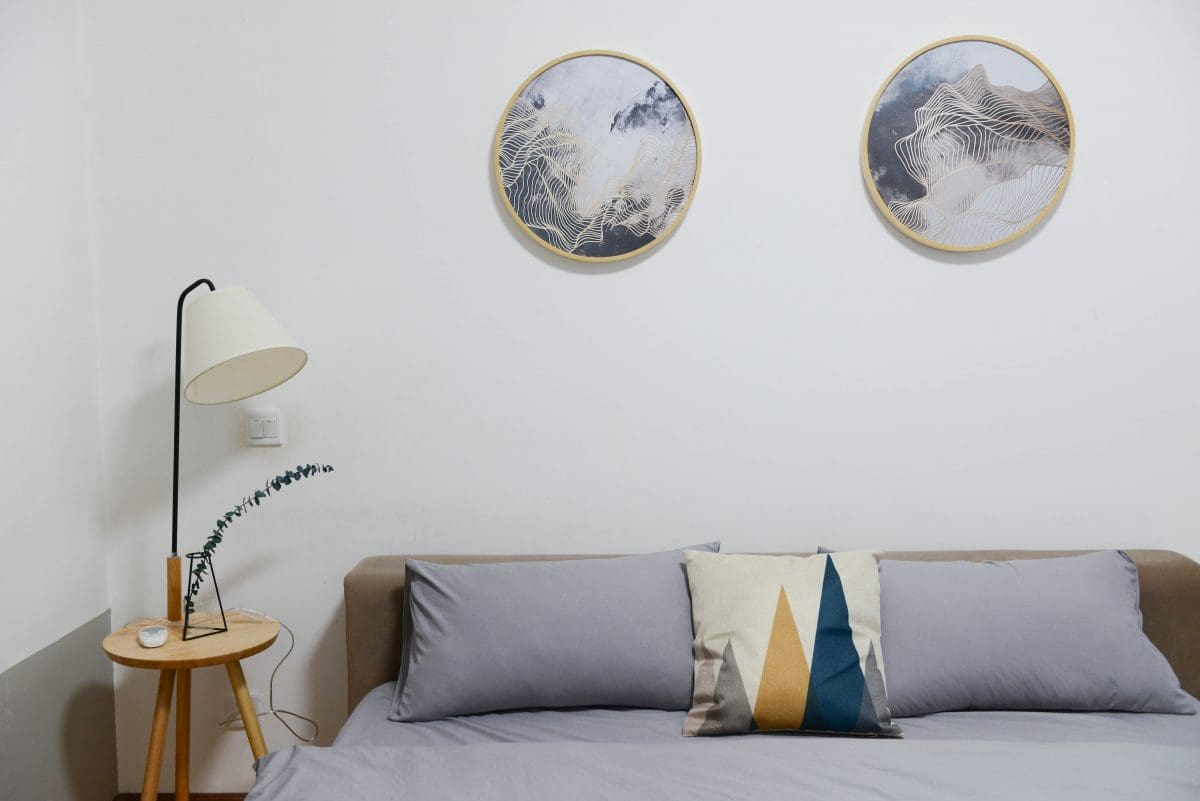
When deciding on a property investment strategy two of the most popular amongst ambitious investors these days are HMO’s and Serviced Accommodation. But which is the most profitable?
House of Multiple Occupation (HMO)?
Running an HMO involves renting out rooms to individuals for a monthly rent. Together the occupants share a kitchen, bathrooms and perhaps even a sitting room. Many upmarket HMOs these days come with en-suite facilities.
The typical tenant in an HMO stays for anything from six months to six years (although admittedly this is unusual, as most people stay a year or two maximum, in an HMO). The lease in question for an HMO is usually an AST (Assured Short Hold Tenancy).
Depending on the spec of your HMO it could be for students or young professionals. Often, contract workers assigned to a different location from their home address also use this type of accommodation.
Serviced Accommodation (SA)?
An SA strategy differs from HMOs in the sense you are renting out the entire apartment to one individual, a couple, or a group of friends etc. ie essentially, it’s not individuals but people familiar with one another. The apartment is often usually of a high standard.
SAs tend to be used for short holidays, weekend breaks or as work accommodation. They are very similar to hotels in that often laundry and cleaning services are provided and a concierge is available. There are also self-catering facilities for making meals etc.

Earning Potential
HMOs are profitable due to the high number of rents you are able to collect in a month. This also makes the utility bills far more cost-effective. An HMO landlord can expect to make a profit, from £1000 to £2000 per month, depending on the size of the HMO and the number of tenants.
The profit with SAs is down to the high rent you can charge. It is what people will pay for an entire, upmarket property to themselves. This can be as much as £2,200 a month for a two-bedroom flat in a popular city centre location which, as a buy to let, would normally rent out for £750 a month.
SAs can be expensive to furnish initially and, because of the nature of the accommodation, ie short term rentals, you can expect to have void periods. This means you may only have an occupancy rate of 70% to 80% per annum. And this is where the HMO promises to be the more profitable strategy. Once a tenant has signed a six month lease you can count on at least six month’s rent. And that’s often multiplied by four or even six rental incomes per month.
It’s worth noting too that both strategies are very dependent on location. For student and young professional HMOs, the accommodation must be near a university or a large place of work and in an area where there are plenty of pubs, restaurants and entertainment venues. For SAs the location aspect involves the local authority in which the property sits. Some councils limit the number of days a short-term property can be let for. Others require a ‘change of use’ in planning permission terms.
Why Sourced Franchise
At Sourced we can help you find and manage your own HMO. We have many experienced HMO owners within our ranks who are already familiar with the do’s and don’ts of the industry. All are happy to advise new owners and help you succeed in property.
If you’re interested in an HMO investment strategy and would like a hands-off investment, where you can learn from our Sourced training courses and lean on the knowledge of HMO investors, then download your copy of our Sourced Franchise prospectus today.



